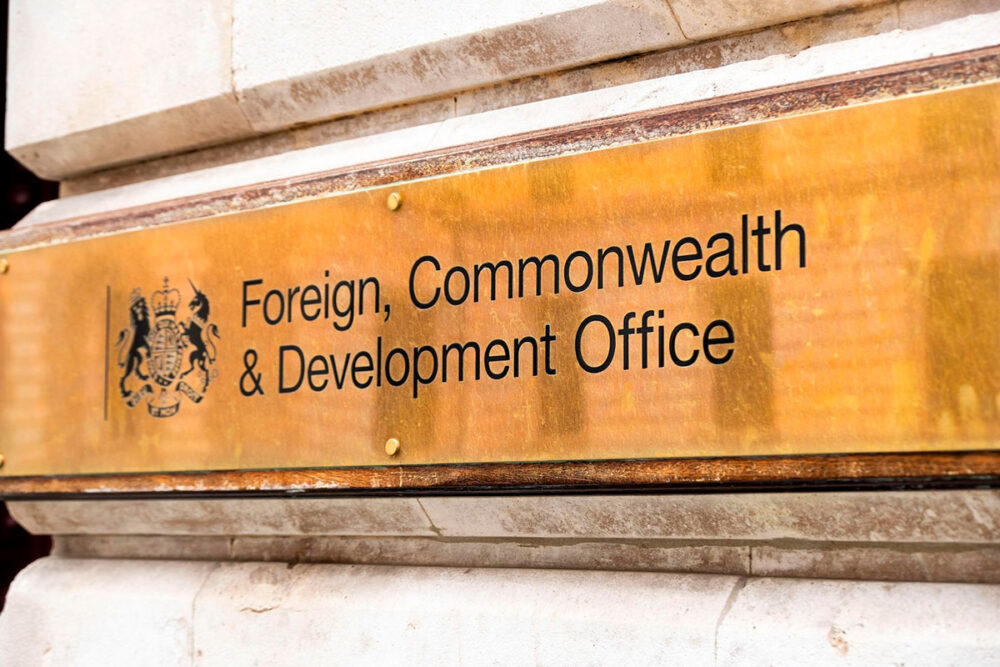Background to the report
Government has extensive property holdings, which it uses to deliver services to the public and support its operations. Central government property ranges from offices to hospitals, academy schools, jobcentres, courts, prisons and museums. As of March 2021, the value of these property holdings was approximately £158 billion. Government needs to manage its property effectively to achieve strategic priorities. For instance, as part of its strategic objective to deliver levelling up, government plans to relocate civil servants from London to the regions, and this requires locating sites which meet capacity, environmental and efficiency requirements.
Jump to downloadsThe Office of Government Property (OGP), which is part of the Cabinet Office, sets the strategic direction for the management of government property as a whole, leads the Government Property Function and the Government Property Profession, which gathers property professionals across government, and administers the government’s property controls. The Government Property Agency (GPA), an executive agency of the Cabinet Office, is responsible for setting and implementing a property strategy for the office and warehouse portfolios. The OGP and the GPA are engaged in, or responsible for, a range of property transformation programmes.
Scope of the report
This study examines how the Cabinet Office maintains, oversees and manages central government property through the OGP and the GPA. The study considers:
- how central government property and its management have changed since we last reported on them in 2017;
- progress on the property programmes included in the 2018 government estate strategy;
- key challenges for central government property management; and
- long-term planning and priorities, including those relating to net zero and levelling up.
Report conclusions
Central government property, valued at £158 billion, is one of government’s largest assets and running it costs some £22 billion a year. Having good-quality property in the right place that is properly utilised, run efficiently and adaptable to future needs is fundamental to unlocking savings, as well as achieving a number of important government priorities such as net zero and levelling-up.
The government’s new property strategy will provide the opportunity to set out long-term ambitions for how it manages this important asset. But some longstanding problems pose a real risk to its successful delivery. The OGP, working with the GPA and departments, needs to address data problems urgently, so it can understand what the picture is across government, take stock of its assets and make evidence‑based decisions. It should also take steps to identify a single lead for each of the property portfolios across government, so it can support, challenge and hold these to account as ‘one estate’. Developing a more cohesive view, supported by robust data, will help government deliver efficiencies, understand what works to improve efficiency and lead to a better managed estate so as to deliver improved value for money.
"Government will need to overcome many challenges if it is to get the best out of its property. This includes urgently addressing data problems so it can make evidence-based decisions about its property that deliver efficiencies and save taxpayers money.”
Gareth Davies, the head of the NAO
Downloads
- Report - Managing central government property (.pdf — 422 KB)
Publication details
- ISBN: 9781786044426 [Buy a hard copy of this report]
- HC: 571, 2022-23
Press release
View press release (15 Jul 2022)


